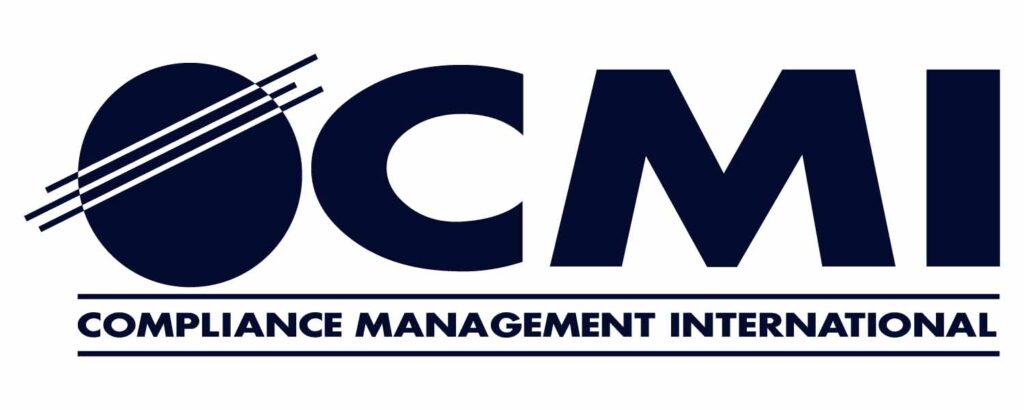Welcome to 2025! As the new year begins, EHS practices are rapidly evolving to address emerging challenges and capitalize on new opportunities. Staying ahead of these trends is crucial for organizations committed to creating safer, more sustainable, and efficient workplaces. So, what should we be watching for? Below are the key EHS trends that are already beginning to shape 2025:
- AI Takes Safety to the Next Level
Artificial Intelligence (AI) is changing the game in EHS management. From spotting potential risks before they happen, to automating tedious tasks like inspections and reporting, AI is making EHS teams more efficient and proactive. Imagine AI-powered sensors in a factory detecting equipment issues in real time—these innovations help prevent accidents and keep operations running smoothly. Plus, AI’s predictive modeling can help companies better plan for workplace changes and avoid costly mistakes.
- Mental Health Matters More Than Ever
Workplace safety isn’t just about physical hazards anymore. Companies are stepping up with programs to tackle stress, promote work-life balance, and support mental health. Confidential counseling and leadership training on empathy are becoming standard. These efforts build trust, reduce turnover, and create a culture where employees feel valued and safe. Some businesses are even including mental health checks as part of their regular safety audits.
- Sustainability Drives Safety Goals
More and more, EHS teams are leading the charge on sustainability. Whether it’s cutting energy use, switching to renewable energy, or reducing single-use materials, these initiatives go hand in hand with safety goals. Reporting frameworks like the Global Reporting Initiative (GRI) are helping businesses track their progress and show stakeholders they mean business when it comes to sustainability.
- Wearables Make Workplaces Safer
From fatigue-monitoring wristbands to smart helmets, wearable tech is making dangerous jobs safer. These devices alert workers to hazards like extreme temperatures or harmful substances, allowing them to act quickly. But it’s not just about alerts—wearables are also feeding valuable data into centralized systems, helping organizations refine their safety strategies based on real-world insights.
- Keeping Up with Regulations
Keeping up with ever-changing regulations can feel like a full-time job. Thankfully, digital tools are making it easier to track updates and ensure compliance across multiple regions. Staying proactive about compliance doesn’t just help you avoid fines—it also enhances your company’s reputation and keeps operations running smoothly. Many businesses are now investing in compliance specialists and advanced software to stay ahead of the curve.
- Inclusive Safety for All Workers
Diversity and inclusion are becoming priorities in EHS strategies. From providing multilingual training to making workplaces more accessible, companies are working to ensure safety for all employees. These inclusive efforts not only build trust but also strengthen the overall safety culture. Some organizations are even tracking diversity metrics as part of their EHS performance reviews.
- Ergonomics Take Center Stage
Ergonomics is emerging as a key focus in workplace safety. Companies are rethinking workstation designs, implementing better tools, and training employees to reduce repetitive strain and improve posture. These changes not only prevent injuries but also boost productivity and morale. By prioritizing ergonomics, businesses are creating healthier, more comfortable environments for their teams.
- Data-Driven Safety Strategies
Data is transforming how we approach EHS. Real-time dashboards and predictive analytics are giving teams the insights they need to make better decisions and prevent incidents before they happen. Sharing these insights across departments fosters collaboration and highlights the ROI of safety initiatives. It’s all about turning numbers into actionable strategies that keep everyone safe.
- Waste as a Resource
The circular economy is gaining momentum, and EHS professionals are leading the way. By rethinking waste as a resource, companies are finding creative ways to reduce their environmental impact while cutting costs. Whether it’s upcycling materials into new products or designing for recyclability, these practices are good for the planet and the bottom line.
- Collaboration is Key
EHS is no longer just the safety team’s responsibility—it’s a company-wide effort. HR is helping with employee wellness programs, while finance is driving investments in sustainability. Cross-functional collaboration ensures EHS goals are aligned with broader business strategies, leading to better outcomes for everyone. Teams are also forming task forces to tackle complex challenges, like integrating ESG (Environmental, Social, and Governance) priorities into daily operations.
Final Thoughts
What are the EHS pillars for organizations aiming to stay ahead in a rapidly evolving landscape? Innovation, inclusion, and sustainability. It’s no longer just about meeting regulatory requirements; it’s about cultivating a culture that prioritizes both people and the planet. Organizations that fully integrate these principles are predicted to be better equipped to navigate challenges, attract top talent, and secure a competitive advantage in the years to come.



